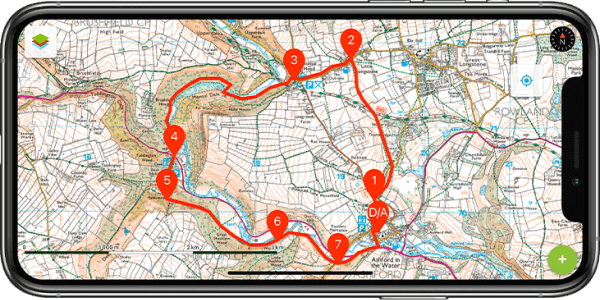About Visorando
Visorando is the reference website and GPS app for outdoor activities.
Our community mainly focuses on walking, cycling, mountain biking, etc. in France and the United Kingdom, however, you can find, follow and share routes in other countries too.
Find what you need: the library covers a wide range of routes: from Sunday strolls to strenuous mountain hikes, from urban walks to long-distance trails.
Stay safe: the quality of the tracks we offer is more important than anything else for us. Each route publicly shared has been curated by a team of moderators before being available to you: they include a turn-by-turn description accompanied by a detailed route map. The mobile app helps you to follow the route showing your live GPS location, even off the grid.
The website was built on a participative model, four ways to contribute:
- Everyone from private individuals to professionals from the tourism industry can share their own routes, points of interests or photos.
- Users who followed a route are invited to give their opinion. By collecting information from the field, we are able to keep the tracks up to date.
- Become a beta tester and/or share feedback on the forum regarding any improvement we could make to suit your needs.
- Invest in a Visorando Club premium account so our team can keep useful basic features for free inviting anyone to get outdoor safely while offering you new features and outdoor experiences.
This specific model and process allowed us to build a collection of routes whose quality is currently unrivalled on the free web. Thanks to you, our volunteers and our team who create these features, millions of people enjoy new routes each year.
Our website is also available in French and German: click here to visit the Visorando French version or the German here
.
The Visorando tools and community are developed and managed by:
- A team of 14 full-time staff members based in Alsace, at the bottom of the Vosges in France,
- About 16 moderators volunteering from across France and the United-Kingdom.

 Have you got a walking or a cycling route idea?
Have you got a walking or a cycling route idea? Plan your trip using our route planner software
Plan your trip using our route planner software Print it out and/or follow it using the Visorando GPS app
Print it out and/or follow it using the Visorando GPS app











